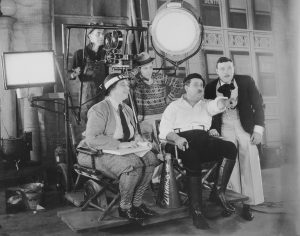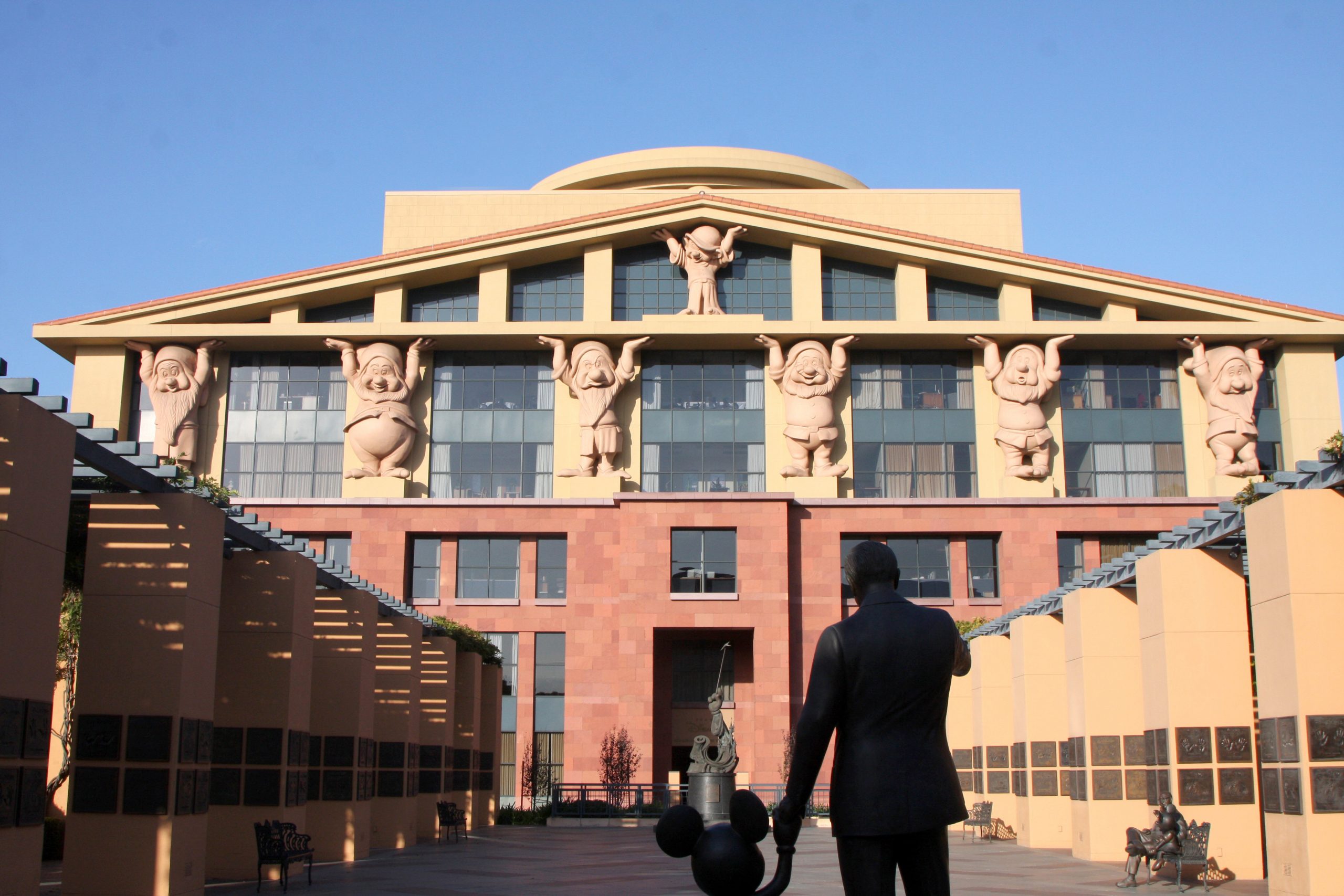Decades of Movie Making Tradition
I stumbled into a career as a Solution Architect while working for Walt Disney Pictures & Television as an Assistant to the Executive Vice President of production. Part of my daily routine was to man five fax machines early in the morning receiving call sheets and production reports from movies and television shows being filmed around the world. I would retrieve the faxes, make fifty copies of each, double sided, place them in internal mail manila envelopes and then run/ride a bike deliver to every production executive and creative executive on the back lot. Time is money and so I had to deliver those highly critical documents to every executive by 9 am so they were prepared to discuss their project’s status in the 10 am production meeting. All the while, those fax machines continued spitting out deal memos, first shot reports, lunch reports and hot costs all day long and into the night.
We had an unbreakable rule, nothing got shredded, everything got stored. We had storage containers all over the lot filled with historical records from every movie and television show going back to the 1940’s. The crazy thing about the entire paper heavy process at Disney Studios was that every other studio in Hollywood was doing the exact same thing; Warner Bros, Fox, Paramount, Universal, and Sony. I’m sure a small forest was destroyed supplying the movie and television industry with their precious paper.
There Must be a Better Mouse Trap
One day, after about five months of pushing that giant paper rock up the hill every day, I snapped! I blurted out to the Executive Vice President that this process was ridiculous! We make movies for crying out loud, there has to be a more efficient and effective way to communicate and distribute all this “stuff.” Only I didn’t say, “stuff.” I’m sort of a quiet guy, so my boss was a bit surprised–pleasantly surprised. He was a doer, so he said, “Okay.” Then he promptly assigned me to work with his VP of Finance for the next six weeks and come up with a plan.
A Solution Architect is Born
 That was my very first Solution Architect role, although the title had never been conceived at that point. I worked directly with the VP of Finance to streamline the financial reporting and tracking of all movies and television shows. I actually worked with five other departments as well because Finance effected every facet of the production process. I worked with subject matter experts, SMEs today, created user stories and requirements, researched technology solutions, created a roadmap to deliver, and then presented our plan to my boss. Good news, we got approval! Not so good news, IT refused to be part of it! So, we were on our own. My boss was a get-it-done kick-ass “Tasmanian Devil” and asked me one question, “Can you do it?” Which really meant, “Can you, Rodney Henson, do this?” I should have been scared to death of that question, but I wasn’t. “Yes, I can.” And so it continued.
That was my very first Solution Architect role, although the title had never been conceived at that point. I worked directly with the VP of Finance to streamline the financial reporting and tracking of all movies and television shows. I actually worked with five other departments as well because Finance effected every facet of the production process. I worked with subject matter experts, SMEs today, created user stories and requirements, researched technology solutions, created a roadmap to deliver, and then presented our plan to my boss. Good news, we got approval! Not so good news, IT refused to be part of it! So, we were on our own. My boss was a get-it-done kick-ass “Tasmanian Devil” and asked me one question, “Can you do it?” Which really meant, “Can you, Rodney Henson, do this?” I should have been scared to death of that question, but I wasn’t. “Yes, I can.” And so it continued.
Change Management Begins with You
Everything was on me to deliver what we had designed collectively. I cracked open books and began to teach myself what was needed to deliver on that roadmap. I, along with a couple of reluctant recruits, learned how to build databases, code HTML, set up networks, auto scan documents to OCR, output PDFs, and so much more. Six months later we launched our new paperless platform to a hand full of shows to test what we had built.
Training users was challenging and difficult and sometimes absolutely horrible. I would have paid thousands of dollars to have a change management expert but the job or term had not been invented. We were changing decades of process with people who were the best in class at their jobs. We did not win everyone over. It was trial and error. But we did win, slowly, steadily. Fortunately, we had an executive sponsor that supported us no matter how rough things got.
The most satisfying part of that entire experience, besides the confidence it gave me that has helped me throughout my career, were the words I heard many times from the subject matter experts on the front lines.
“Wow, I cannot believe how much easier this is!”
“This is amazing!”
“Can I use this on my next show?”
Even the Phantom Menace said, “Thank You”
 Three years later while working for 20th Century Fox I got a call from George Lucas’s production office in Marin County.
Three years later while working for 20th Century Fox I got a call from George Lucas’s production office in Marin County.
The Producer of the next three Star Wars movies got on the phone and said, “Hey, Rodney, I hear you’ve created something amazing. We’d like to use it on Episode 1. Would that be okay with you?”
I hesitated, “I think I can arrange that.”
“Good,” he said, “We’ll fly you up on Friday to stay over the weekend. You’ll be staying in the Lilian Gish Bungalow at the Ranch.”
How to Win the Academy Award
This is no official Salesforce Academy, but perhaps there should be. And my final bit of advice for the exact amount of money you paid to read this blog 🙂
- Discover and catch the vision of what “could be” with every customer you engage with
- Design with every stake holder in mind, don’t forget the SMEs on the front line
- Build it and be part of the change management, you’ll learn more than you realize during this process
For all you Salesforce Solution Architects out there, “May the Force.com Be with You!”


